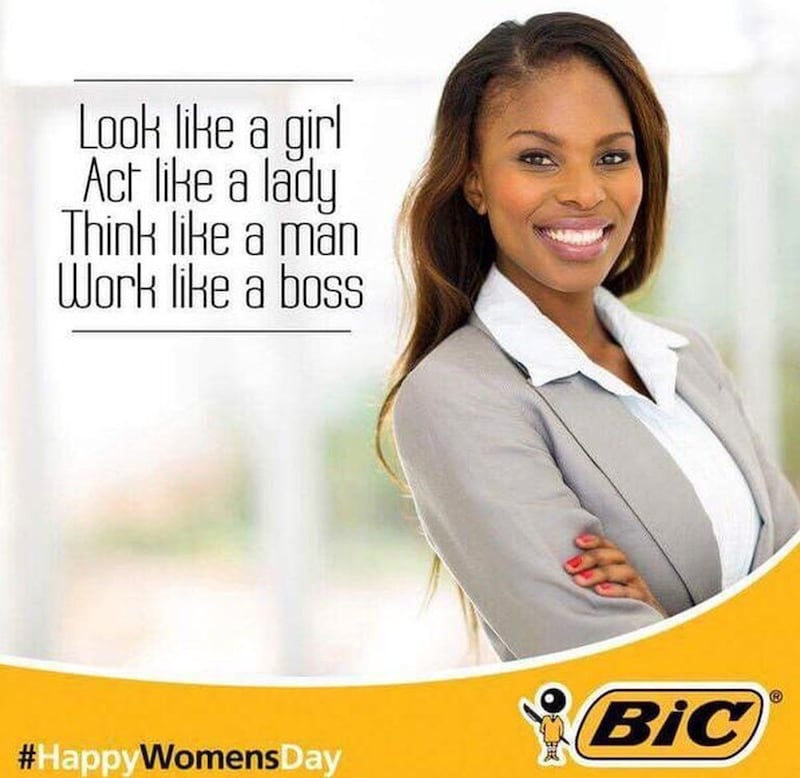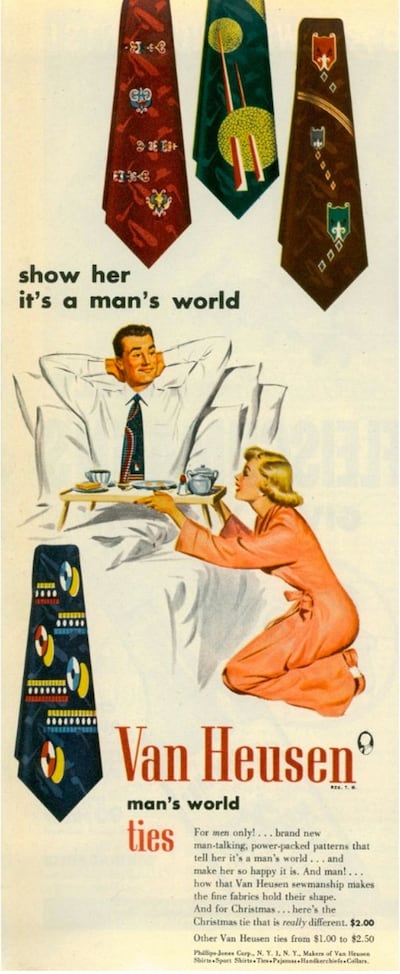Stereotyping in marketing and advertising is considered to settle between reflecting the experiences of its audience while also targeting and shaping the values of that audience. Engaging with a specific cohort of people through stereotyping can help them identify with the brand whose objective is to educate, inform, or garner interest. Yet, instead of finding a common language with its audience, not only have campaigns been thwarted by the poor use of stereotyping across the board, but stereotyping in marketing has significant consequences for an audience’s mental wellbeing and physical health.
Women’s health is one such area which is affected by female stereotyping. Where negative labelling has occurred, women have been portrayed as young, white, attractive, able-bodied, and, significantly, in traditional or decorative roles. This filtering or diminishing of an audience to fit labels in order to hit the narrative of marketing is part of the reason women’s health sits in taboo and stigma as the gender bias is played out in advertising and followed through to clinics.
A recent study on women’s health communication highlighted that there remain significant gaps and gender bias in healthcare marketing. The research uncovered that almost half of women believe media and advertising shy away from women’s health issues, with “enduring taboos”, unbalanced representation, and women’s health issues significantly misrepresented or not portrayed in media marketing. Women’s health is vast and nuanced and cannot fit inside a specific box. For decades, women have fought stereotypical assumptions about their health and wellbeing, with stereotypes played out in the media increasing the gender health gap.
Jill Downey, chief sustainability and sponsorship officer at marketing communications company Core, says that although we have seen vast improvement in marketing, and in how marketers and their agencies portray characters and people in advertising and marketing communications, the industry cannot deny that it certainly has a history of using norms and generalisations to make connections with consumers.
With gender bias in advertising being one aspect contributing to the differential treatment women experience in healthcare settings, are we doing enough to ensure women are not affected explicitly by marketing in a way that negatively impacts their lived experience?
Marketing communications should respect the principle of the equality of men and women
— Advertising Standards Agency of Ireland
“While I don’t feel these campaigns set out to be intentionally harmful,” says Downey, “advertising is at its most successful as a piece of mass communication, one that resonates with its target audience. It follows then that generalisations at best and stereotypes at worst have been used to convey or portray a reflection of what consumers do or what consumers want. There has been a vast improvement in this over the years and today, the stakeholders involved have many more checks and balances to challenge these norms and ensure they are not implicit in stereotyping. However, it can be a fine line.”
In 2019, the UK’s advertising watchdog banned ads depicting men and women engaged in gender-stereotypical activities. This ban on adverts featuring “harmful gender stereotypes” aims to counter content that is likely to cause “serious or widespread offence”. Ireland has yet to follow suit, with the Advertising Standards Agency of Ireland (ASAI) stating that “marketing communications should respect the principle of the equality of men and women. They should avoid sex stereotyping and any exploitation or demeaning of men and women.” This does not go far enough to protect any gender from negative stereotyping.
[ Committed to focusing on health of the underserved 51% — womenOpens in new window ]
Yet, Downey says that marketing has improved significantly over the years, with brands having stepped forward to proactively work against stereotyping and to create more diversity and balance in their marketing communications and in particular the advertising people see from their brand. “That said,” she continues, “we are not free from the presence of stereotyping in advertising and not just from a gender perspective.”
With media playing a significant role in shaping gender roles, the media and advertising standards must recognise the importance of and take responsibility for improving equality.
[ Finance and construction making strides in workplace diversityOpens in new window ]
“In Core we have a D&I [diversity and inclusion] framework we use for all of our advertising output,” says Downey. “We work with clients at each stage of the advertising process, especially in casting and in script writing and storytelling. It reviews everything from the team of people we put on an advertising campaign and includes a score card for diversity and inclusion.”

A recent study, conducted by Core, reviewed diversity in advertising changes over a 10-year period. This study showed a vast change in the presence of diversity or diversity in roles within advertising. “The study indicates that women featured more prominently and in more primary roles and more roles of power in advertising than ever before,” says Downey. “It is encouraging to see this, but the industry needs to constantly improve.”
Areas like menopause and periods have for too long been taboo subjects in Ireland and need to be treated like anything else – just part of normal physiology
— Jill Downey, Core
The pandemic, along with social and racial injustice in recent years, highlighted a negative shift in the gender bias and stereotyping of women and marginalised groups, with progress to date at risk of reversing. These harmful stereotypes can restrict choices, access and opportunities for those affected by dangerous and damaging labels. Embedding equality in media and advertising campaigns can help tackle these stereotypes to ensure a more inclusive and respectful world with appropriate access to healthcare services and support.

“Marketers and their agencies need proactive strategies and processes to ensure they are checking biases and role portrayal throughout the advertising journey,” says Downey. “Research and consumer insight is critical to the portrayal of women’s health issues and services. Speaking to and having strategies informed by considered groups is not just sensible, it is critical. Pretesting of concepts with these groups is also advisable. Great marketing campaigns are both effective and impactful and shouldn’t need to rely on biases at all to do this. The recent Irish Cancer Society work is a great example here.”
Downey reiterates that normalising conversations around women’s health is critical. “Areas like menopause and periods have for too long been taboo subjects in Ireland and need to be treated like anything else – just part of normal physiology,” she says. “Advertising can play and is playing a key role here. There are some obvious and high-profile backlashes to this in the recent past, but marketers have to persevere and the media must create opportunities to have reasoned dialogue and open conversations about these topics.”

















